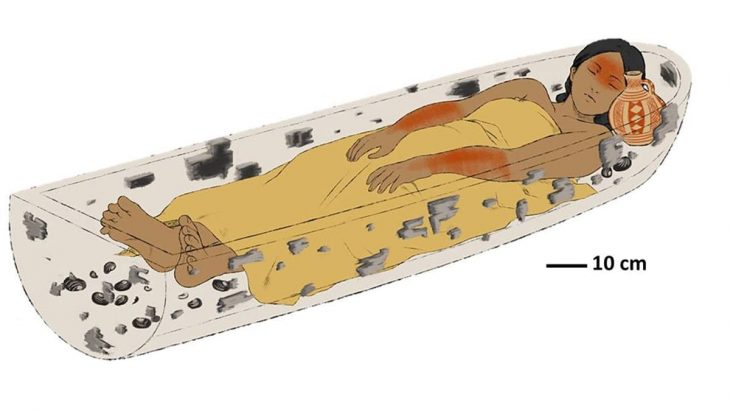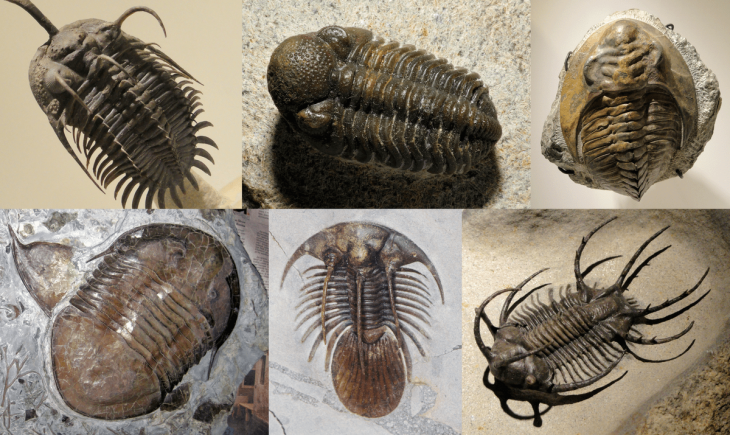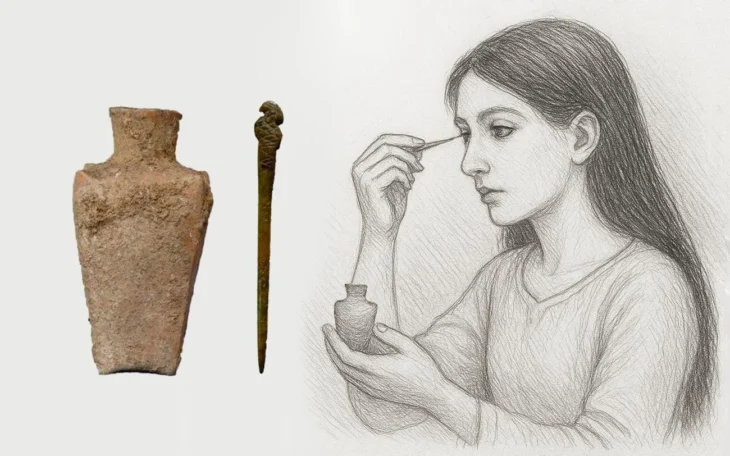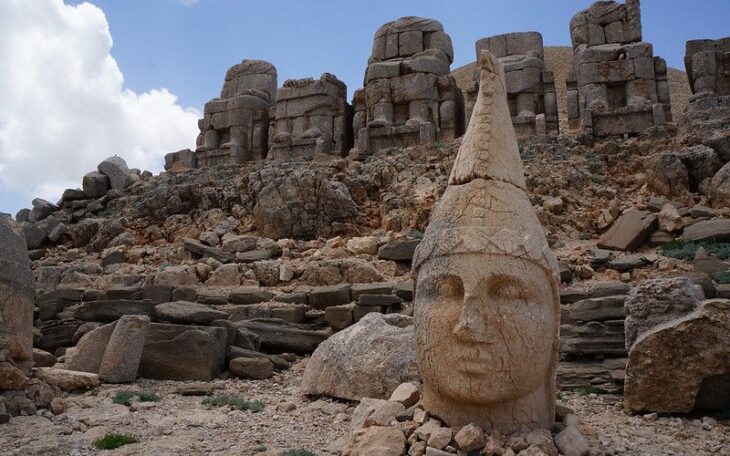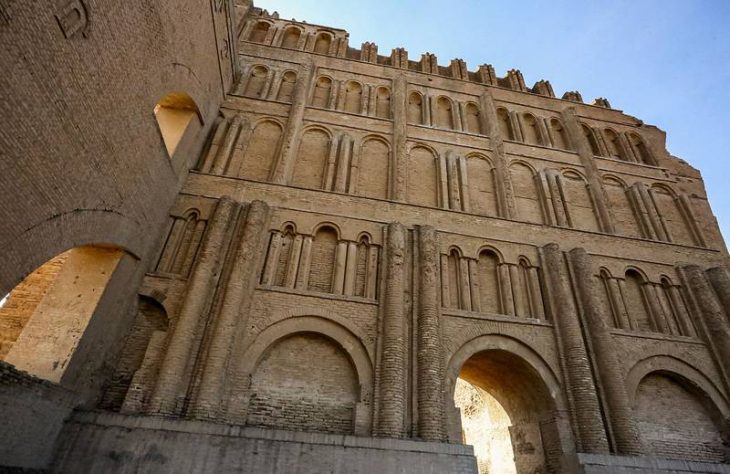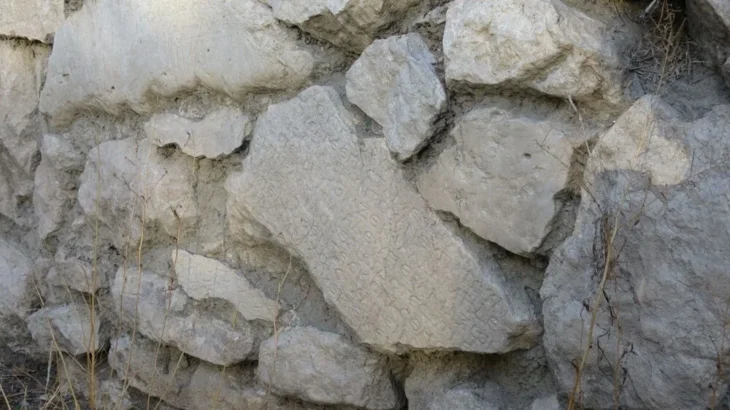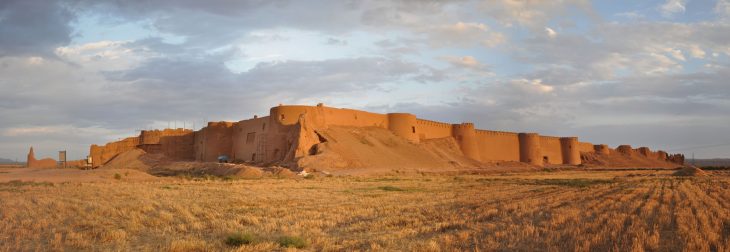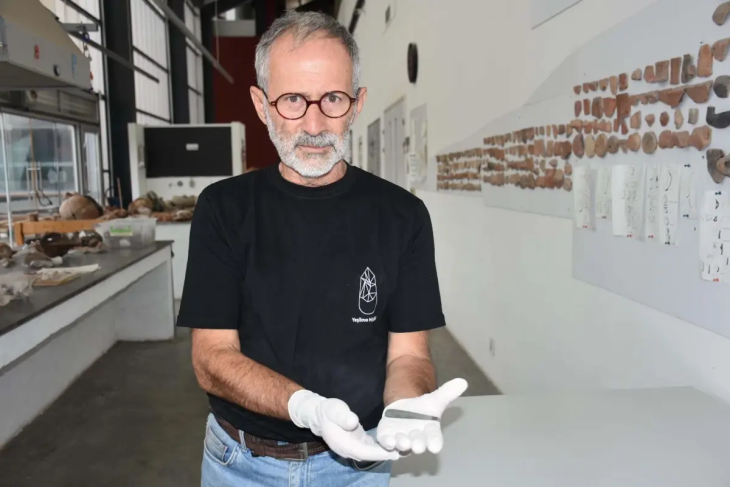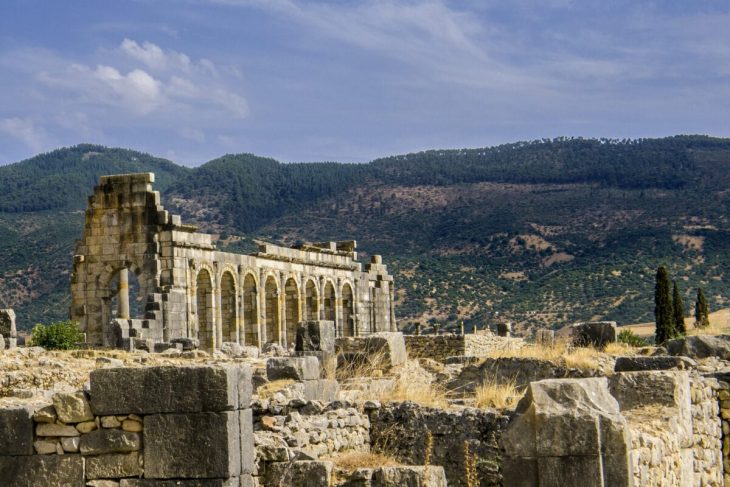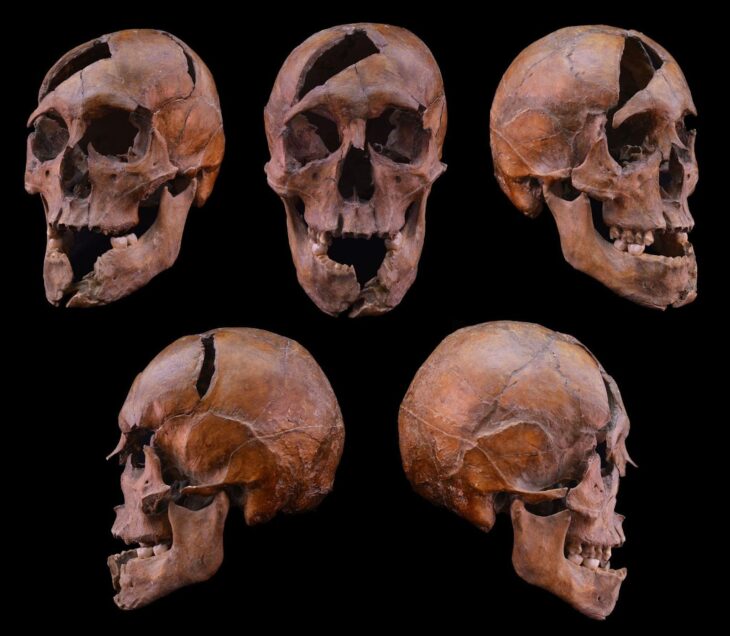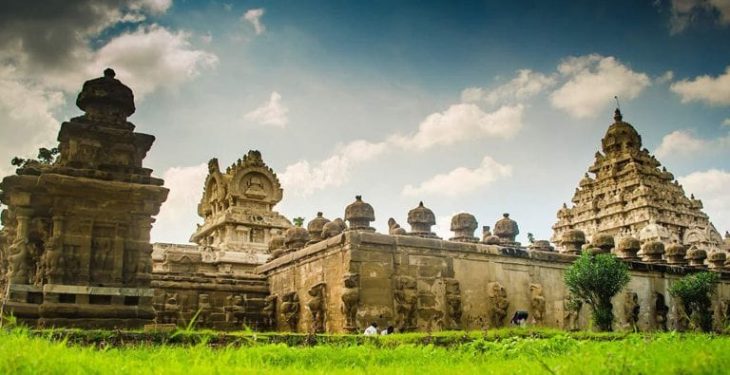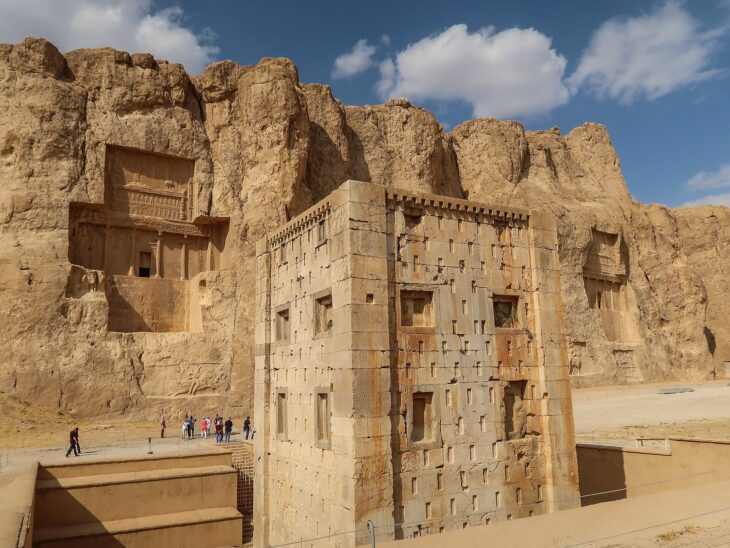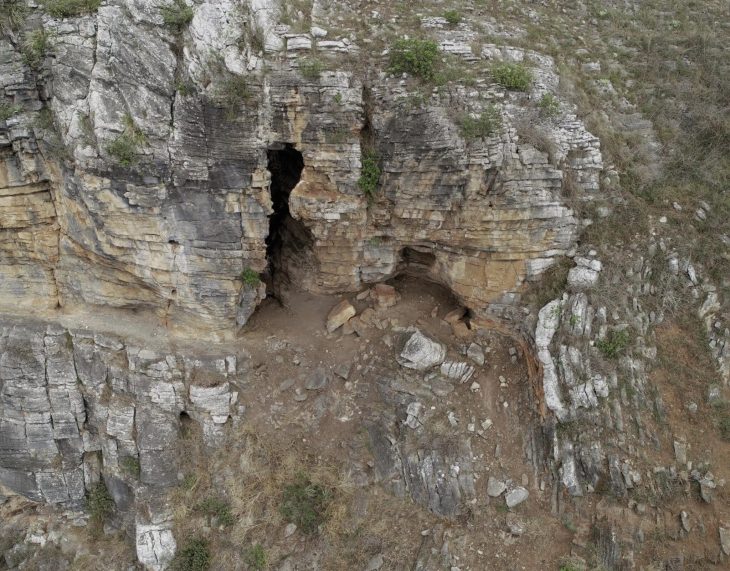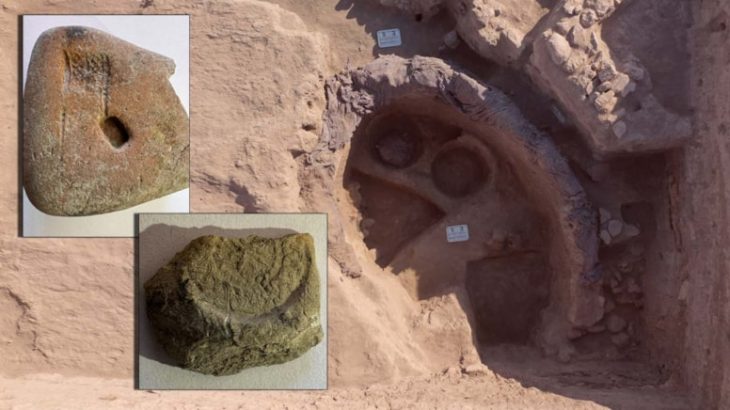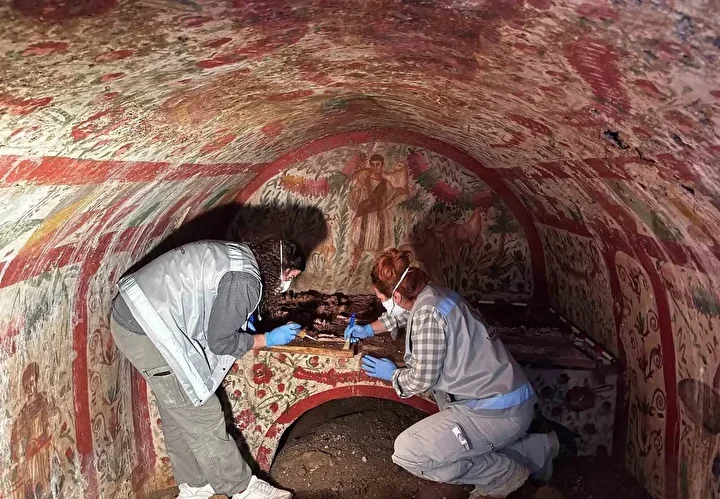Traces of hundreds of monuments, which were previously unknown, have been identified in an archaeological survey in Ireland. Five of these monuments have been identified as “incredibly rare” prehistoric constructions that may once have contained secret “routes for the dead” leading to the afterlife.
The study, led by Dr. James O’Driscoll of the University of Aberdeen and supported by the Community Monuments Fund and Wicklow County Council, employed LiDAR to generate highly detailed three-dimensional models of the terrain.
This technology, similar to that used by some autonomous vehicles, was crucial in detecting the remnants of these ancient structures, most of which had been obliterated by millennia of plowing.
O’Driscoll carried out the survey in the Baltinglass landscape of County Wicklow, Ireland which is dotted with prehistoric remains and the results were published in the journal Antiquity.
The area examined by the researchers was occupied during the Early Neolithic (beginning around 3700 B.C.) and the Middle to Late Bronze Age (1400 to 800 B.C.). However, evidence of occupation during a 2,000-year stretch between the two periods, known as the Middle Neolithic, has been scarce — until now.
📣 Our WhatsApp channel is now LIVE! Stay up-to-date with the latest news and updates, just click here to follow us on WhatsApp and never miss a thing!!
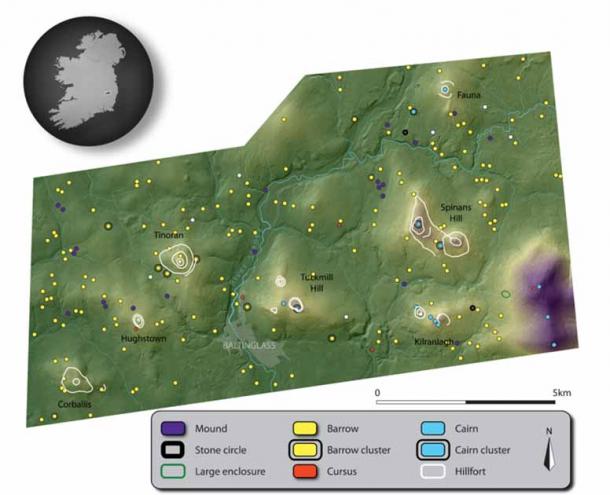
According to O’Driscoll, the finding of the cursus monuments is especially noteworthy because it refutes the conventional wisdom that Baltinglass was abandoned for about 2,000 years, between the Late Bronze Age and the Early Neolithic. These results suggest that the region was consistently inhabited and had ritual importance during these times.
In addition to being important architecturally, the cursus monuments that have been found also have important cultural and spiritual significance. These monuments, which mark significant solar events like the solstices, are placed strategically throughout the landscape to coincide with burial sites and the Sun’s cyclical movements. According to Dr. O’Driscoll, this alignment represents the dead’s journey, as they ascend to the heavens and leave behind a tangible trail connecting them to their ancestors’ world on the other side.
This connection between the cursus pathways, the burial grounds, and celestial events underscores the intertwined nature of daily life, agricultural cycles, and spiritual beliefs in Neolithic communities, suggesting a complex understanding of life, death, and rebirth.
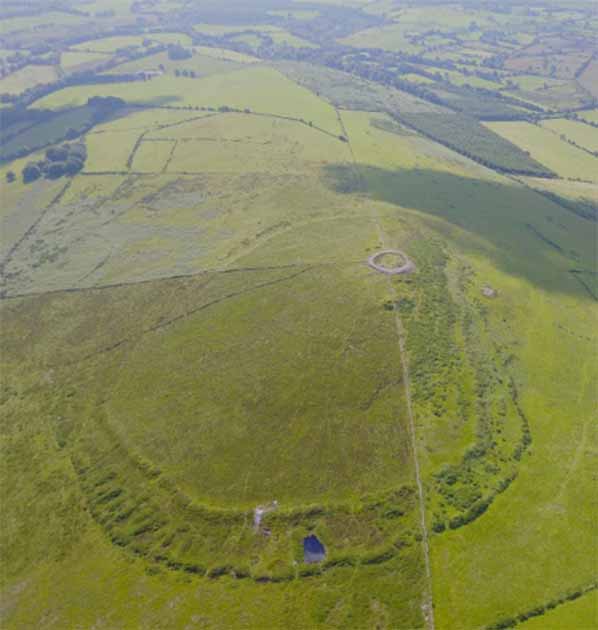
Cursuses are a type of monumental Neolithic structures which are similar to ditches or trenches and are found in the islands of Great Britain and Ireland. These prehistoric monuments generally have long and relatively narrow earthwork enclosures. “The discovery of the cursus monuments is particularly significant, as these are incredibly rare in Ireland,” said O’Driscoll.
“There are less than 20 recorded cursus monuments in Ireland, and they typically occur in isolation or pairs. This makes the identification of five examples in Baltinglass the largest cluster of these sites in the country—but also, the detailed topographical model of the sites and their surrounding landscape provided an opportunity to ‘digitally’ investigate these monuments in detail,” he added.
O’Driscoll hinted that the monuments may have symbolised the walking of the dead towards the heavens.
“The function of these types of monuments has always been a thorny topic, as we simply don’t have enough information. But given that some of the Baltinglass sites can also be linked with burial monuments, this suggested to me that they may have been ceremonial monuments used in burial practices, where the cursus marked the physical route in which the dead moved from the living into the afterlife,” said O’Driscoll.


